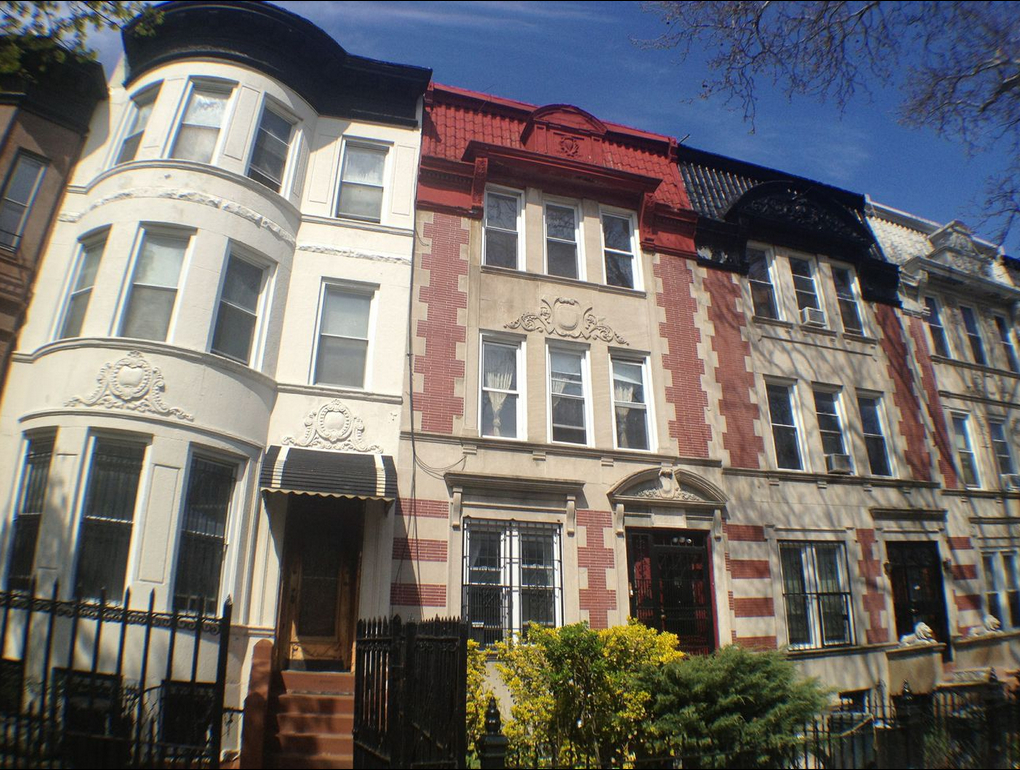The two competing visions for a Crown Heights ‘development desert’
After years of back and forth, the city and community members still struggle over the future of North Crown Heights.

The Franklin Avenue Shuttle runs through the M-Crown zoning district. Eagle photo by Lore Croghan
A group of Community Board 8 members wants to upzone part of North Crown Heights so that any residential developers would be required to build space for light industrial businesses, artisanal makers or community facilities in their projects.
A team of Department of City Planning staffers wants to upzone the same area so residential developers will have the option — but not the obligation — to include industrial space in their projects.
The two sides are working to reach a consensus on M-Crown, the proposed rezoning a CB8 subcommittee has been working on for five years.
